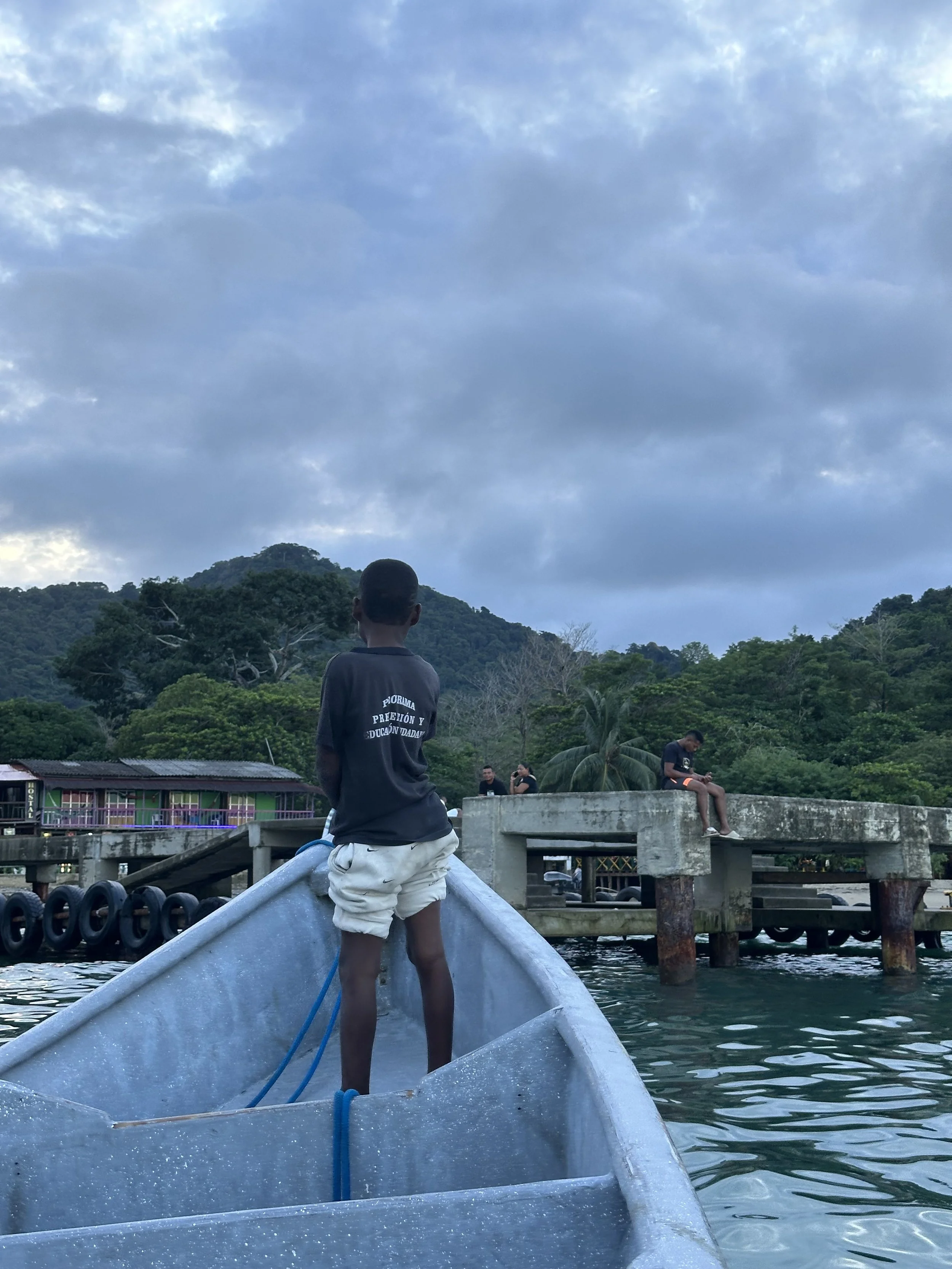
Securitization without Security:
How Migration is Shaping the Global Order
notes from the field entry #8
Traces in the Jungle, Trash in the Street
Author: Sara Sharpe
Location: Darién Gap, Colombia and Paso Canoas, Costa Rica
Date: July 20, 2025
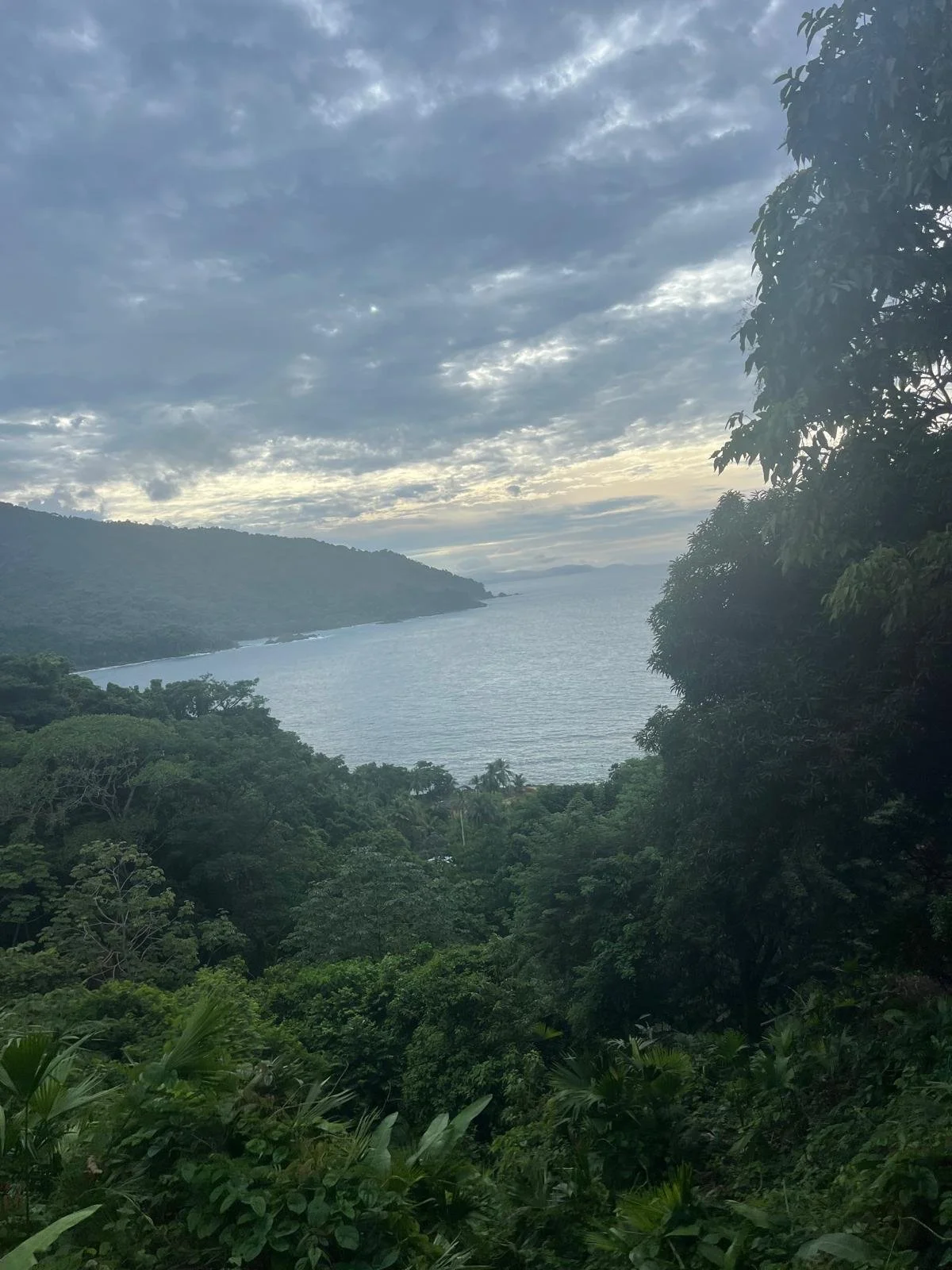
Once known as an impenetrable boundary between South and Central America, the Darién Gap has recently witnessed one of the largest migration flows in the world. The jungle was never meant to accommodate this scale of human movement. Besides being the site of physical and emotional hardship for millions of migrants, it is a biome with limits. Its ecological thresholds have been tested by foot traffic, informal campsites, and plastic waste.
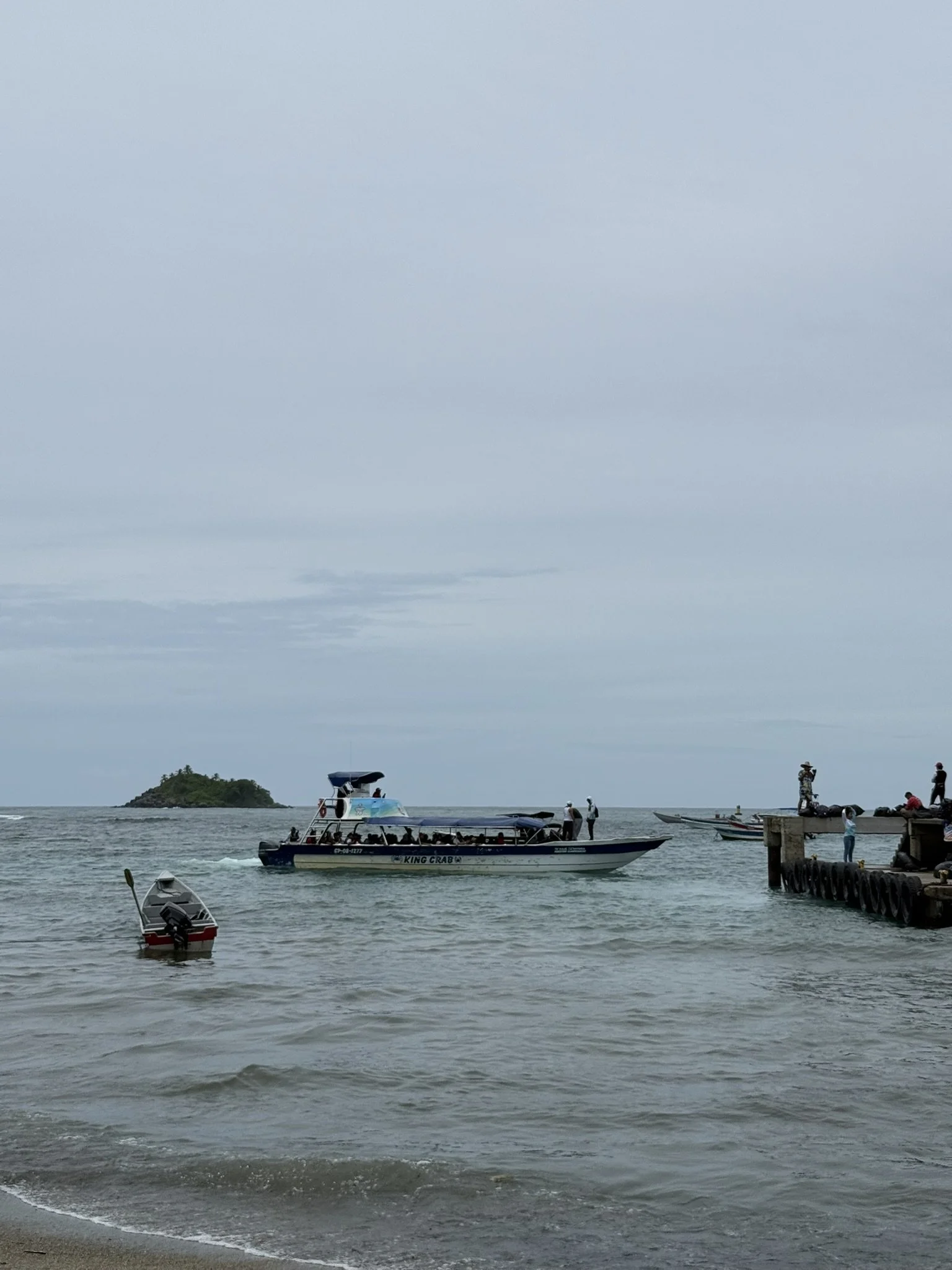
During our time in the region, we took several lanchas–motorized boats that serve as the primary form of transport between coastal towns. One lancha carried dozens of passengers across the Gulf of Urabá in a high-speed vessel bound for Capurganá; a smaller one took us along the short stretch from Capurganá to La Miel. On both rides, the smell of fuel hung in the air and skimmed the surface of the water, reminding me that even these routine crossings leave a lasting mark on the waterways.
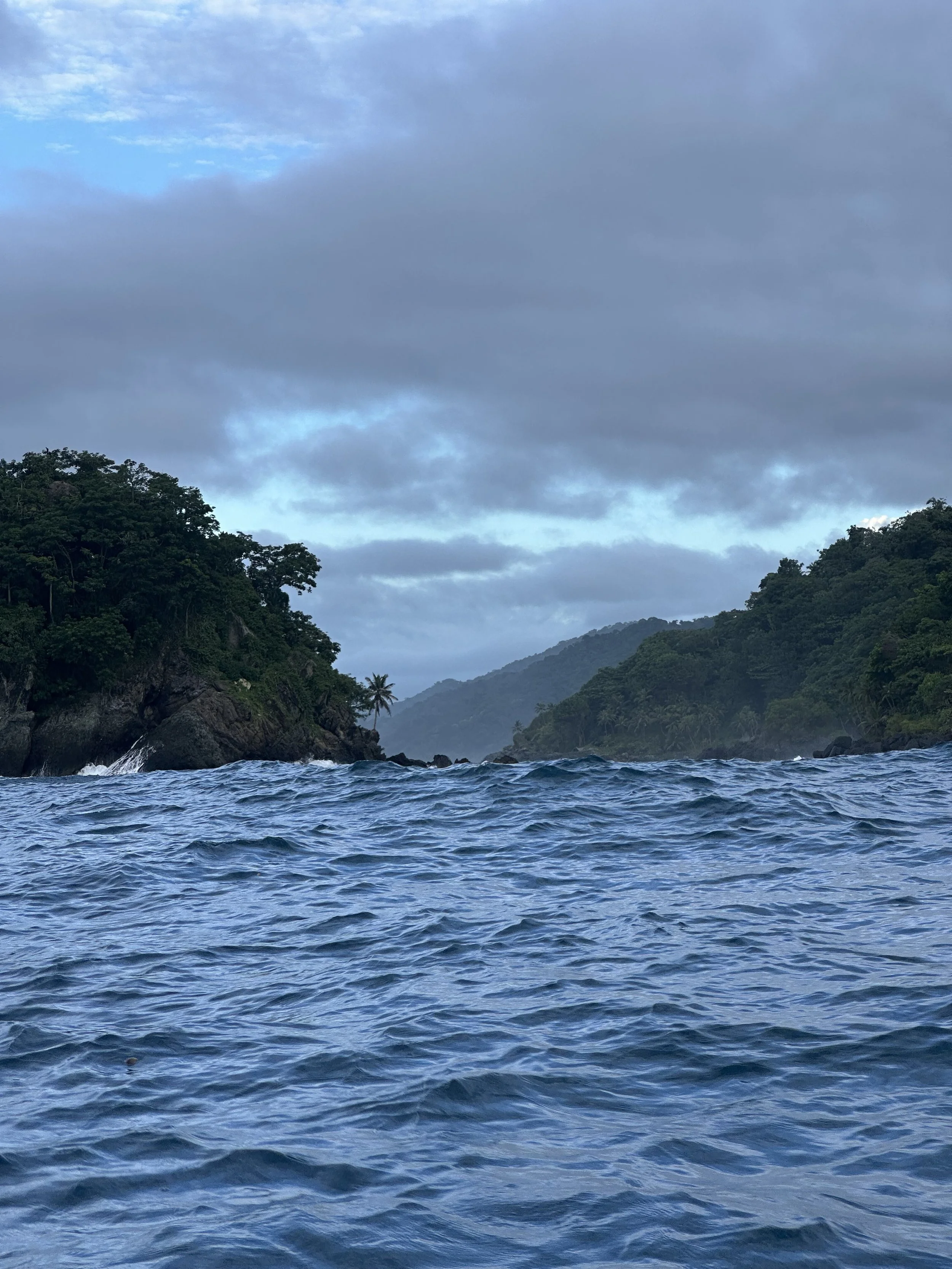
A community figure in Capurganá reflected on how dramatically the local environment has changed. He recalled that, not long ago, wild animals like monkeys, deer, armadillos, and even jaguars would regularly come to the edge of town to drink from the streams. “You don’t see that anymore (Ya no se ve eso),” he told us. He attributed their disappearance to habitat loss caused by deforestation that was directly connected to the economic and construction boom that migration brought to the region.
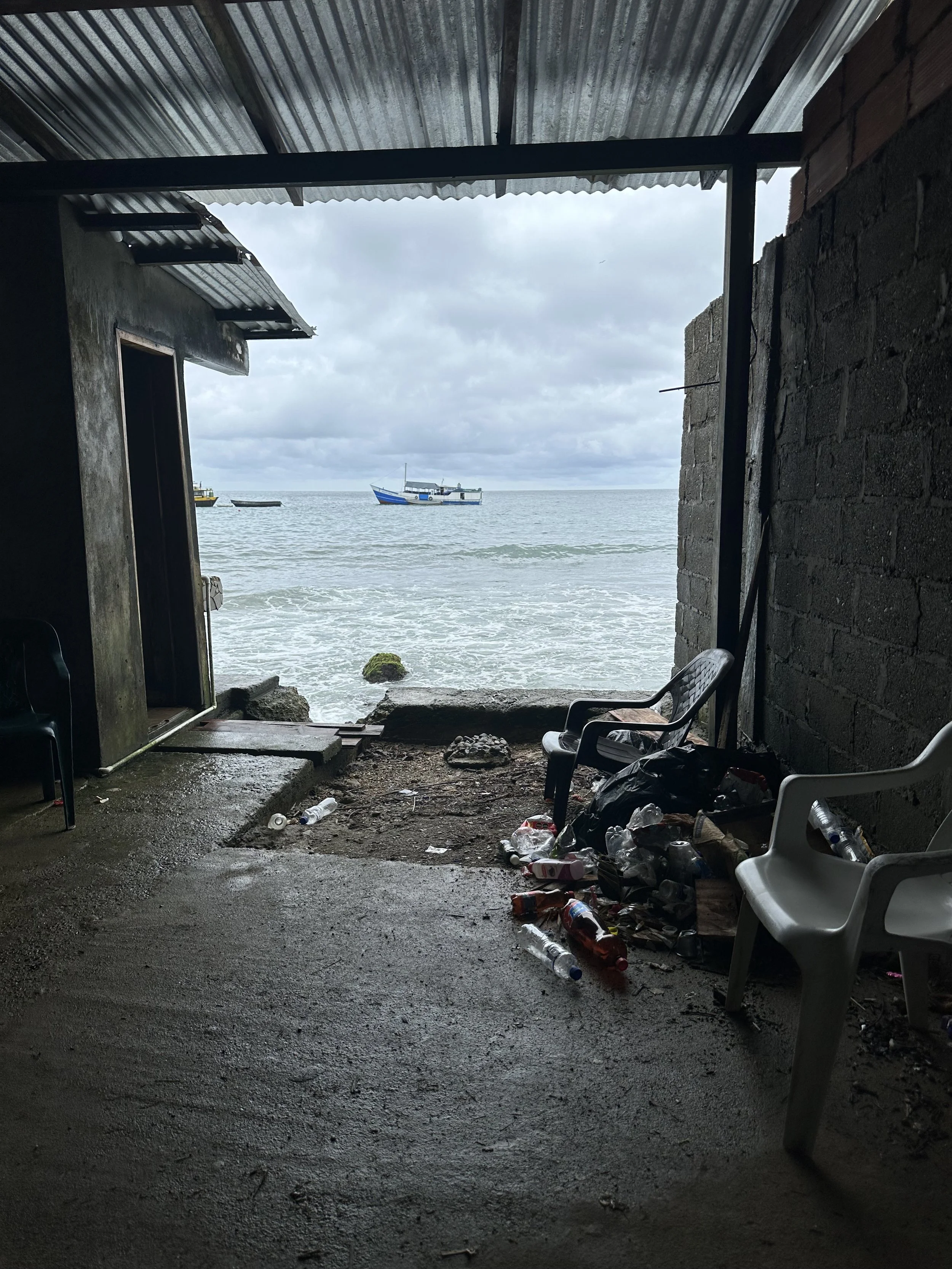
He explained that this development happened in two ways. First, as the number of migrants passing through increased, the town expanded to accommodate the growing population. Second, many locals who had earned money through migration related jobs, such as running hostels, selling food, or driving mototaxis, used their new income to build or expand homes and businesses. This surge in construction pushed deeper into forested areas, leading to further deforestation and noise from constant human activity. Chainsaws now echo through the forest as trees are cut down illegally. “Flying in from Medellín, you’ll be heartbroken to see the condition of the jungle (Si tú vienes en avión de Medellín para acá, te va a dar tristeza ver cómo está la selva),” he told us. From above, parts of it look stripped bare, covered in smoke from fires where trees once stood.
In Necoclí, a hotel owner spoke of the town reaching its limit, not just in infrastructure or services, but in its environment. “Now you don’t even see butterflies (Ya uno no ve ni mariposas),” she told us. In her eyes, the butterflies, among the most sensitive indicators of environmental disruption, had disappeared. She expressed concern that most people were only looking at migration through a humanitarian lens without considering its environmental toll. “If we don’t protect the environment, humanity will not survive (Si no protegemos el medio ambiente, el ser humano no va a existir),” she said.
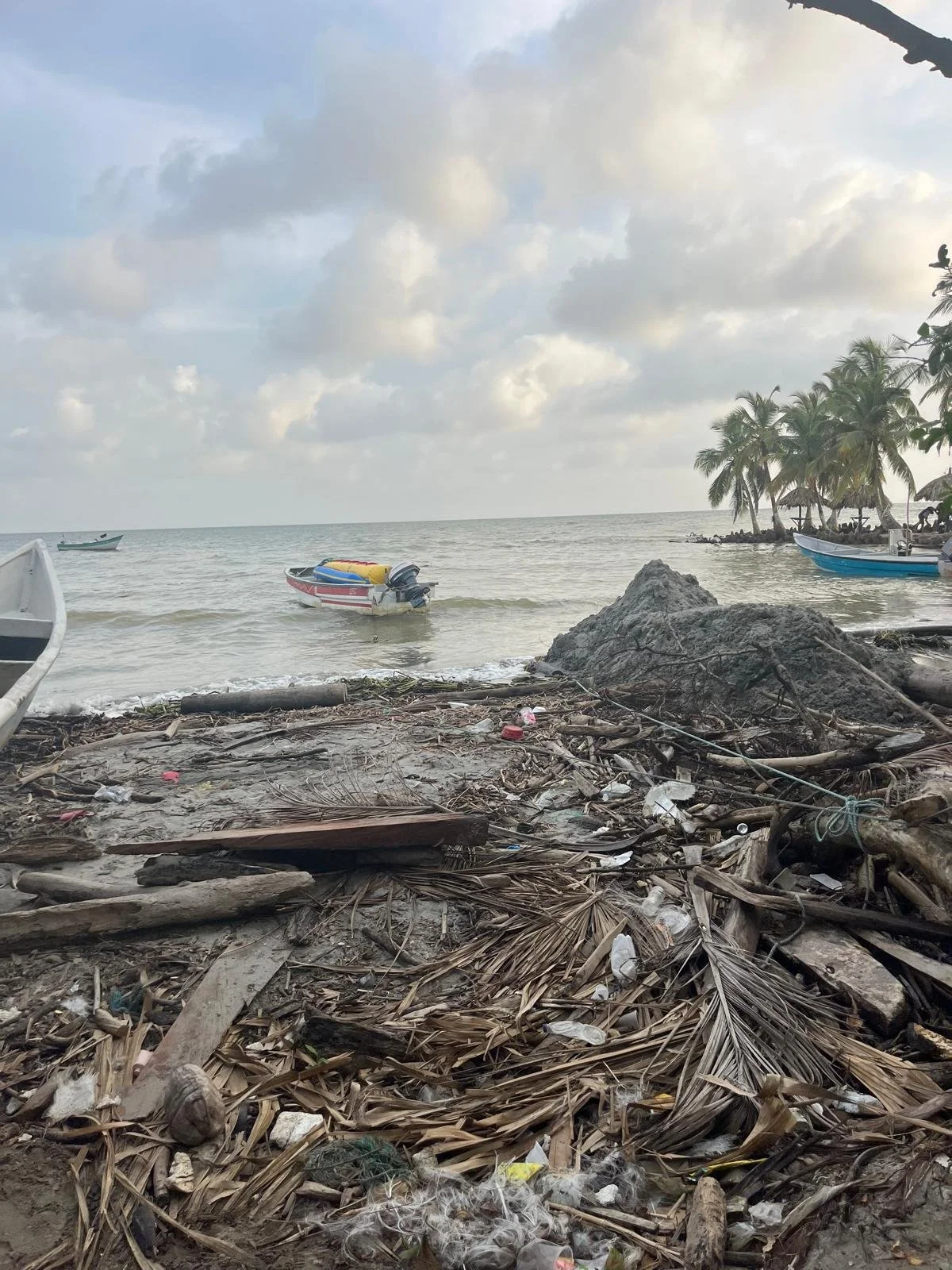
Her words reframed what I had previously observed only in fragments. The plastic on the beach, the smell of fuel from the boats, and the wristbands scattered on the ground from migrants all took on new meaning. After our conversation, I began to see these details as visible traces of a system that leaves its mark not only on people but on the land itself.
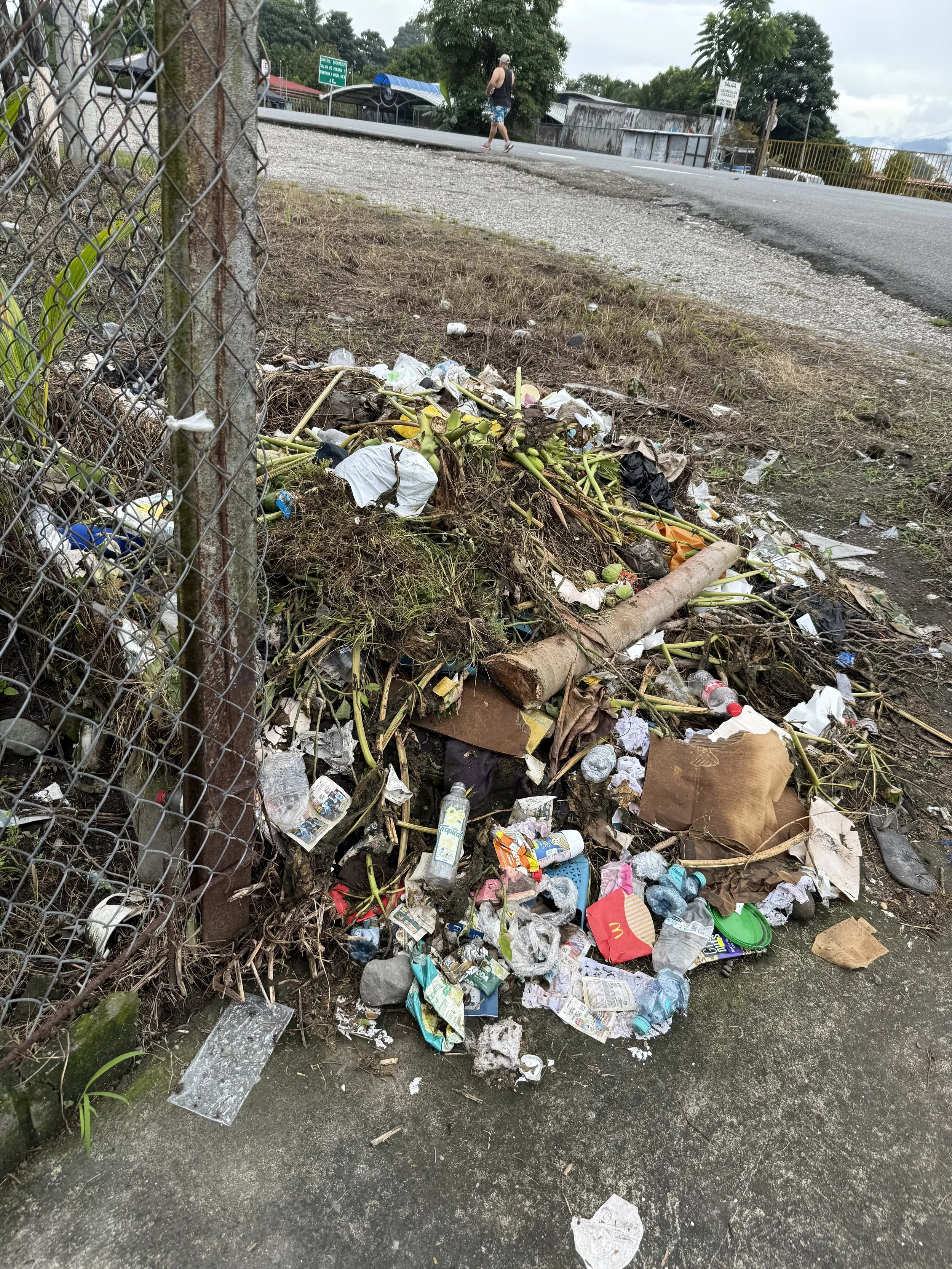
These consequences reach beyond the jungle. In Paso Canoas, a local resident told us that, not long ago, migration was a visible part of daily life. That changed after community complaints about pollution and deteriorating sanitation led authorities to reroute the migratory flow. Northbound buses carrying migrants began to bypass the town center entirely, taking people directly to CATEM, a government-run holding area located about 10 kilometers away (see Entry #5). According to the resident, this shift came after many locals voiced frustration over how the town’s sanitation conditions had changed with the arrival of migrants. Yet even now, as I walk through the streets, the environmental strain is hard to ignore. Piles of trash remain accumulated on sidewalks, street corners, and bus stops.
The ripple effects of migration on local ecologies are visible, and their long-term impacts remain underexplored. When human movement becomes constant and infrastructure remains limited, ecosystems suffer. Species disappear, clean water becomes harder to access, and communities take notice. These are not isolated or short-term disruptions; they signal long-term risks along the migration corridor.
